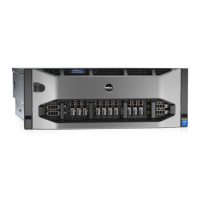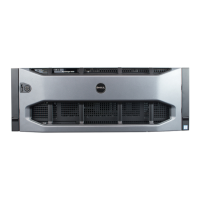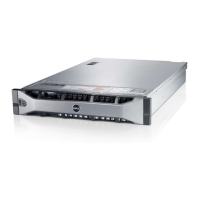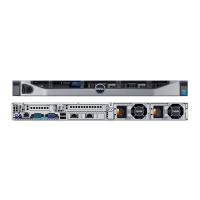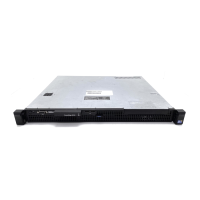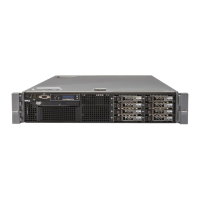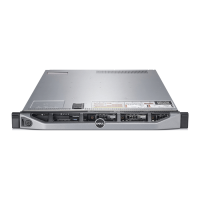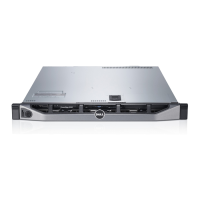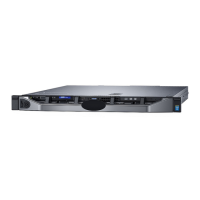Dell
Dell PowerEdge R910 Technical Guide 51
Appendix A. Volatility
The Dell™ PowerEdge™ R910 contains both volatile and non-volatile (NV) components. Volatile
components lose their data immediately upon removal of power from the component. Non-volatile
components continue to retain their data even after the power has been removed from the
component. Components chosen as user-definable configuration options (those not soldered to the
motherboard) are not included in the Statement of Volatility. Configuration option information
(pertinent to options such as microprocessors, system memory, remote access controllers, and
storage controllers) is available by component separately. The following NV components are present
in the PowerEdge R910 server.
Table 19. Volatility Information
Server BIOS Memory (SPI Flash, IC)
Type [Flash PROM, EEPROM]:
Flash EEPROM (Serial Peripheral Interface)
Can user programs or operating system write
data to it during normal operation?
Does it retain data when powered off?
Boot Code, Configuration Information, EUFI
environment
How is data input to this memory?
Loading flash memory requires a vendor-
provided firmware file and loader program
which is executed by booting up the system
from a floppy or OS-based executable containing
the firmware file and the loader. System loaded
with arbitrary data in firmware memory will not
operate.
How is this memory write protected?
Server CMOS (Complementary Metal-Oxide Semiconductor) Memory
Type [Flash PROM, EEPROM]:
Can user programs or operating system write
data to it during normal operation?
Does it retain data when powered off?
RTC and storing system configuration settings
How is data input to this memory?
F2 Setup Menu during POST
How is this memory write protected?
Jumper on motherboard can be used to clear to
factory default settings.
Removing CMOS battery will clear to factory
defaults settings as well.
Server BMC (Baseboard Management Controller)/iDRAC Express Boot Block Flash
Type [Flash PROM, EEPROM]:
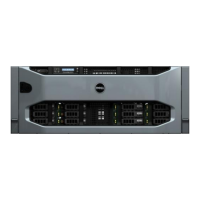
